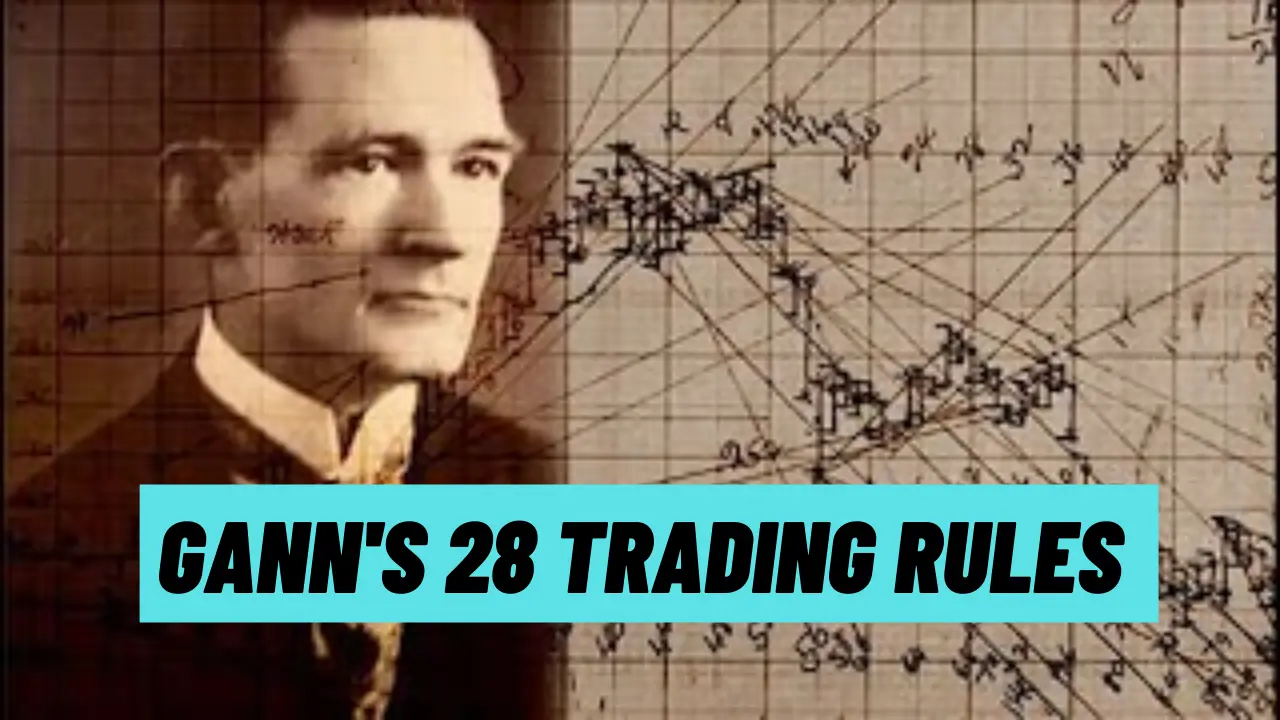Sanjiv Bhasin, a well-known figure in the Indian stock market, has recently come under scrutiny due to allegations of involvement in a significant stock market scam. Bhasin, who has held various prominent positions in financial institutions and has been a regular commentator on market trends, is now facing serious accusations that have sent ripples through the financial community.
The Allegations
The allegations against Bhasin revolve around insider trading, market manipulation, and fraudulent financial activities. Key accusations include:
- Insider Trading: It is alleged that Bhasin used non-public information to make trades that resulted in significant personal gains. This information was reportedly obtained through his connections within various companies and financial institutions.
- Market Manipulation: Bhasin is accused of artificially inflating stock prices through coordinated trading activities and spreading misleading information. This manipulation aimed to create false market sentiments, benefiting Bhasin and his associates financially.
- Fraudulent Activities: There are claims that Bhasin engaged in fraudulent activities, including falsifying financial statements and using shell companies to launder money. These actions allegedly helped him and his network to amass illegal profits.
The Investigation
The Securities and Exchange Board of India (SEBI) has launched a comprehensive investigation into the allegations against Bhasin. The investigation includes:
- Examination of Trading Patterns: SEBI is closely examining Bhasin’s trading patterns to identify any irregularities or evidence of insider trading and market manipulation.
- Interviews and Interrogations: Several individuals associated with Bhasin, including his colleagues and business partners, are being interviewed to gather more information about the alleged scam.
- Financial Audits: Detailed audits of Bhasin’s financial transactions and the accounts of companies he has been associated with are being conducted to uncover any fraudulent activities.
Market Impact
The allegations against Sanjiv Bhasin have had a notable impact on the stock market:
- Investor Confidence: The news has shaken investor confidence, leading to increased volatility in the stock market. Many investors are adopting a cautious approach, awaiting the outcome of the investigation.
- Stock Prices: Stocks associated with Bhasin and his companies have experienced significant declines as investors pull out their investments, fearing further negative developments.
- Regulatory Scrutiny: The case has prompted regulatory bodies to tighten their oversight and scrutiny of market activities, aiming to prevent similar incidents in the future.
Reactions
The financial community has been abuzz with reactions to the allegations:
- Industry Experts: Many industry experts have expressed their shock and disappointment over the allegations, emphasizing the need for stricter regulatory measures to maintain market integrity.
- Investors: Retail and institutional investors alike are closely monitoring the situation, with many calling for swift and transparent action from regulatory authorities.
- Bhasin’s Response: Sanjiv Bhasin has denied all allegations, claiming that he is a victim of a conspiracy. He has pledged to cooperate fully with the investigation to clear his name.







